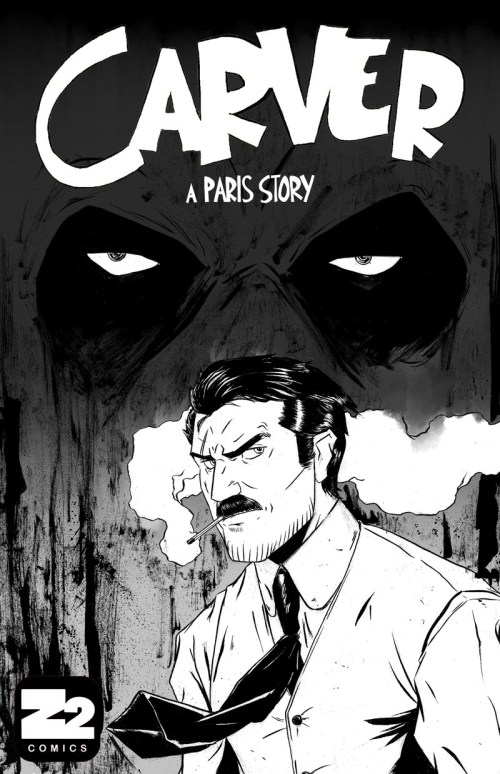
DARK PANTS #4
When I review comics, I look to see how that work is engaging with the medium: Is it the best possible comics? With the subgroup of alt-comics, I’m also asking myself: Is this the best use of the art form–just how artful is it? Matt MacFarland creates comics that rise to a high level as art. Just take a look at the latest issue of his ongoing humorous noir series, Dark Pants #4.
MacFarland has treated his series like an artist goes about creating a body of work, mindful of various components: theme, motif, overall sensibility. The recurring pattern here is a pair of sexy vintage black jeans. Anyone who wears them will need to confront their darkest desires and also be compelled to live them out. In Issue 4, we find a woman at odds with her life. Lisa is a realtor and sick of it. She has convinced herself that she can get out of her rut if she has an affair with Cal, her yoga instructor. Enter the dark pants.
We all live our lives in a series of narratives. Even the dullest day job can act as a backdrop for some sort of relatively compelling drama. Maybe the most interesting thing about some people at work is how they avoid work. Maybe the most interesting thing about how some people avoid life is the lengths they will go to avoid it like subjecting themselves to the most empty distractions like being pathetically immersed in hopelessly shallow TV shows. The big challenge for a MacFarland character is to try to avoid their own mediocrity and despair and not just add to it.
There is delicious despair on view with every brushstroke in every panel of MacFarland’s comics. The characters are already so beaten down that you root for them to simply not hurt themselves much more if possible, to just survive another day. Doesn’t that pretty much sum up what noir is all about? Dark characters doing dark things until their nihilism gets the better of them! Well, our main character, Lisa, is ready to roll the dice and damn the consequences.
And you’ll love the object of Lisa’s desire. Cal is an ultra-groovy dude, with long shaggy hair that he keeps in a “man bun.” He plays his role to perfection as he tempts Lisa to take a walk on the wild, or sort of wild, side. In fact, not wild at all but just another stupid distraction so stupid as to chill the bone.
Dark Pants #4 is available now. For more details, visit Matt MacFarland right here.












































